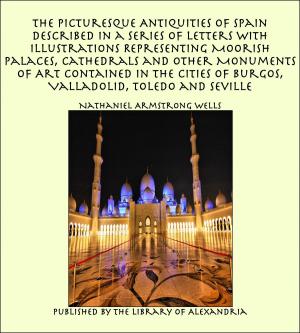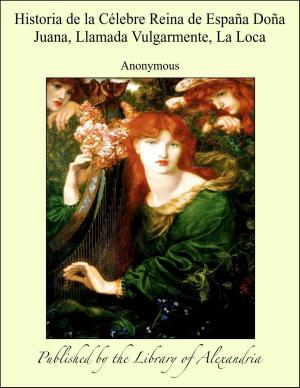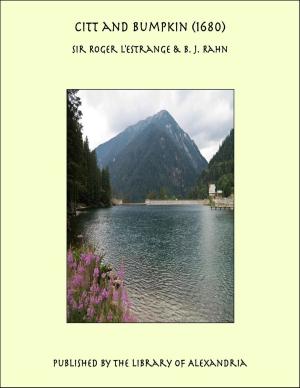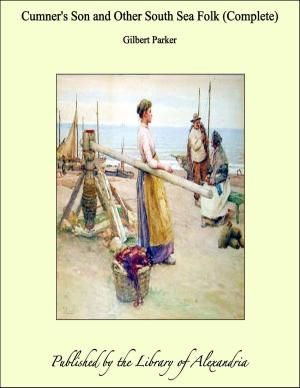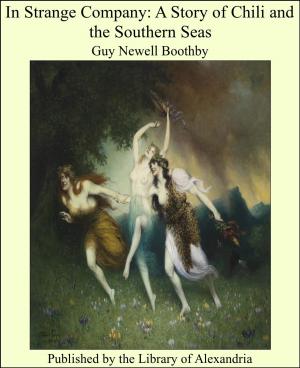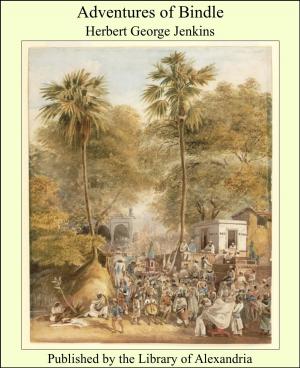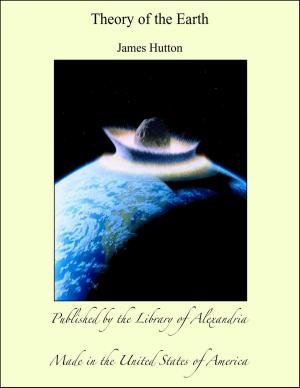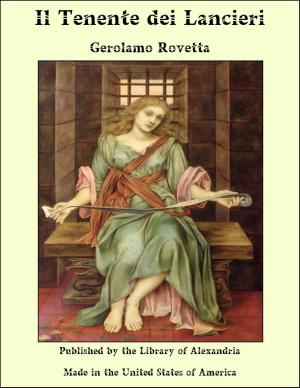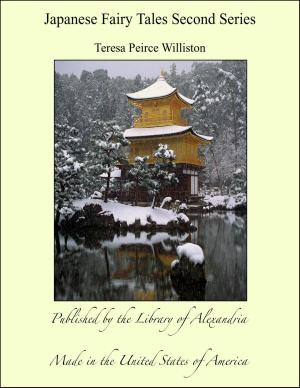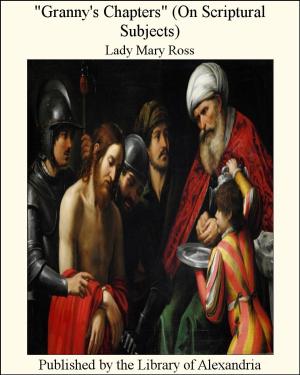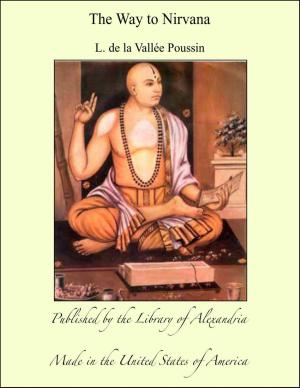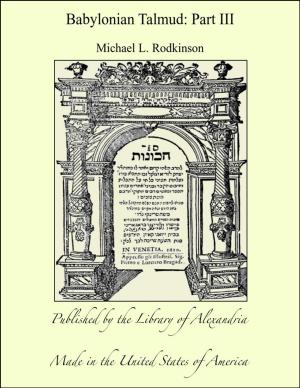Court Beauties of Old Whitehall: Historiettes of the Restoration
Nonfiction, Religion & Spirituality, New Age, History, Fiction & Literature| Author: | W. R. H. Trowbridge | ISBN: | 9781465592101 |
| Publisher: | Library of Alexandria | Publication: | March 8, 2015 |
| Imprint: | Language: | English |
| Author: | W. R. H. Trowbridge |
| ISBN: | 9781465592101 |
| Publisher: | Library of Alexandria |
| Publication: | March 8, 2015 |
| Imprint: | |
| Language: | English |
IF we may believe so eminent an authority as M. Emile Bourgeois, whose "Le Grand Siècle," is a fascinating proof of his statement, "the age we live in delights in inquiry into the private lives of the great and into the spirit of society of the past. It loves to interrogate them directly, so that it may get at the secrets of their passions and find out their state of mind at different periods. This curiosity is not culpable. 'It almost ceases to be curiosity,' said Voltaire, 'when it has epochs and men who attract the gaze of posterity for its object.'" Such an epoch in English history is par excellence the Restoration. It is a subject on which an immense number of books has been written. Of the eight beautiful women whose extraordinary careers are described in the following pages, the names of all are probably more or less familiar to the reader, while some—such as "Madame" and the Duchess of Portsmouth—have provided several historians with themes that have elevated them to the proud height of classical authority. Forneron's "Louise de Kéroual" is not only a monumental study of the English Restoration, but a fascinating romance and a work of real literary merit. And many distinguished writers, from the spirituelleMadame de La Fayette down to M. Anatole France, have found in the life of "Madame," the most brilliant of all the Stuarts, a constant source of inspiration. To enter, therefore, into competition with such a galaxy of talent would seem almost presumptuous, more especially as this book makes no claim to literary erudition or grace. On the contrary, my object has been not to paint finished portraits of beautiful women, but rather to popularise characters who helped to colour one of the most memorable periods of our history. From this point of view the Restoration will be found to be a mine containing a vein from which ore may still be extracted—the ore of amusement from the vein of curiosity.
IF we may believe so eminent an authority as M. Emile Bourgeois, whose "Le Grand Siècle," is a fascinating proof of his statement, "the age we live in delights in inquiry into the private lives of the great and into the spirit of society of the past. It loves to interrogate them directly, so that it may get at the secrets of their passions and find out their state of mind at different periods. This curiosity is not culpable. 'It almost ceases to be curiosity,' said Voltaire, 'when it has epochs and men who attract the gaze of posterity for its object.'" Such an epoch in English history is par excellence the Restoration. It is a subject on which an immense number of books has been written. Of the eight beautiful women whose extraordinary careers are described in the following pages, the names of all are probably more or less familiar to the reader, while some—such as "Madame" and the Duchess of Portsmouth—have provided several historians with themes that have elevated them to the proud height of classical authority. Forneron's "Louise de Kéroual" is not only a monumental study of the English Restoration, but a fascinating romance and a work of real literary merit. And many distinguished writers, from the spirituelleMadame de La Fayette down to M. Anatole France, have found in the life of "Madame," the most brilliant of all the Stuarts, a constant source of inspiration. To enter, therefore, into competition with such a galaxy of talent would seem almost presumptuous, more especially as this book makes no claim to literary erudition or grace. On the contrary, my object has been not to paint finished portraits of beautiful women, but rather to popularise characters who helped to colour one of the most memorable periods of our history. From this point of view the Restoration will be found to be a mine containing a vein from which ore may still be extracted—the ore of amusement from the vein of curiosity.

